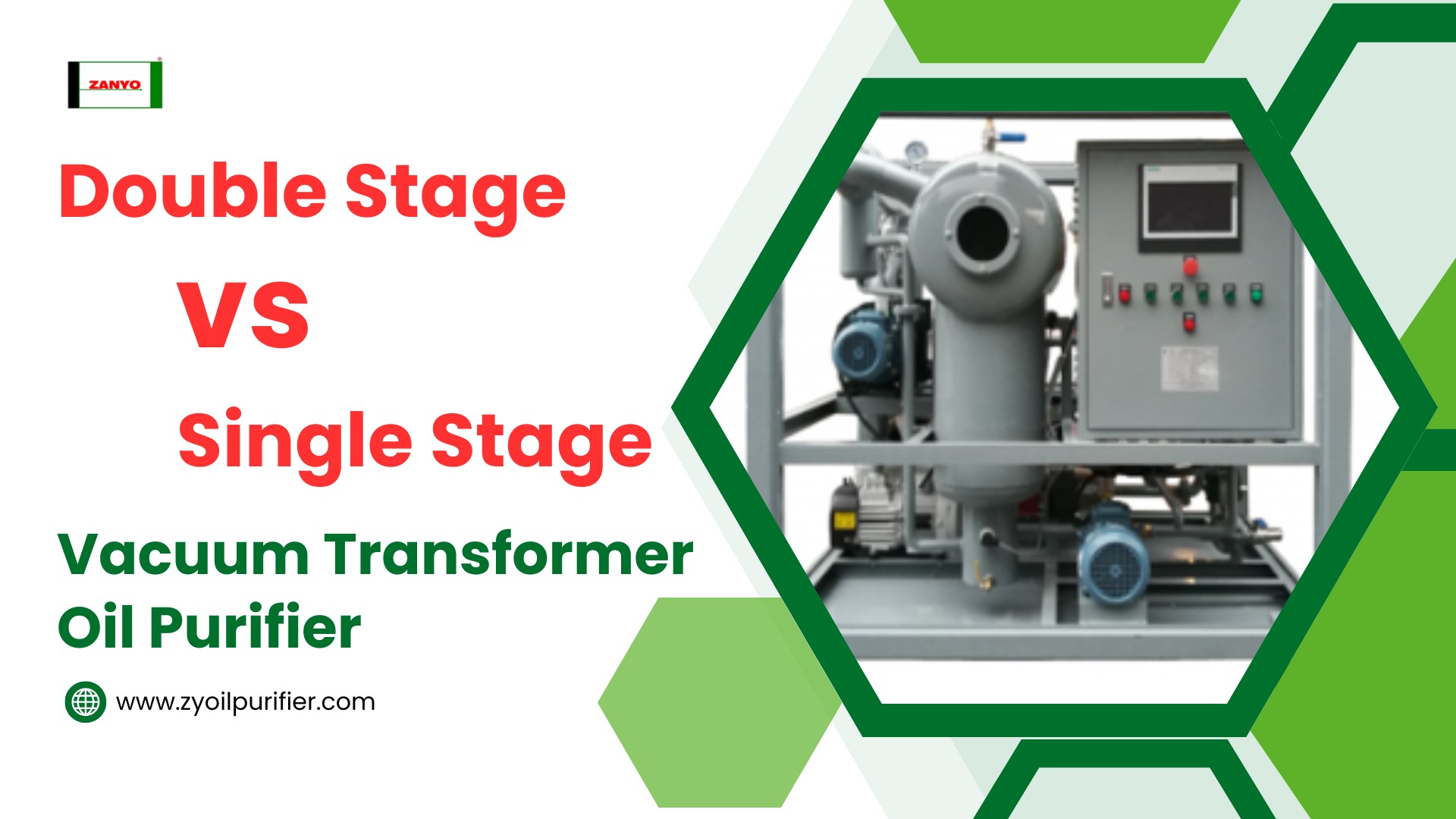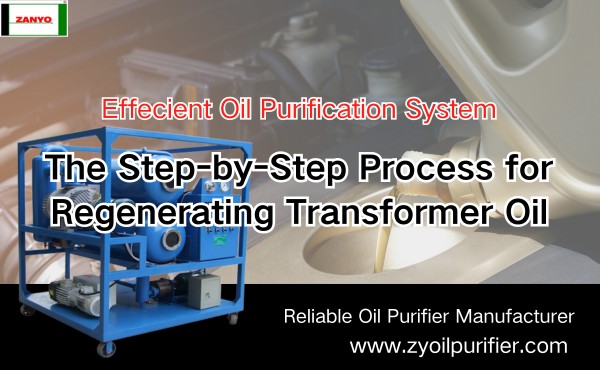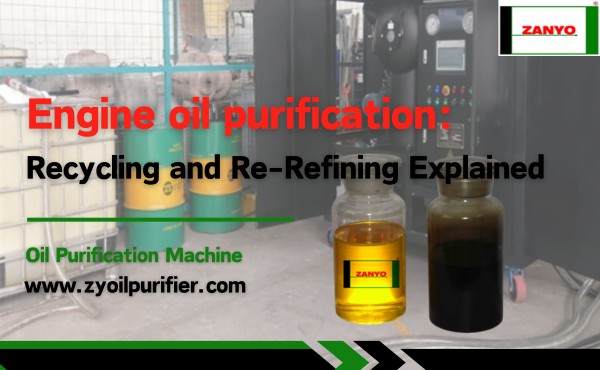Transformer oil plays a crucial role in ensuring the efficient and reliable operation of electrical transformers. One of the key parameters for assessing its performance is its dielectric strength, which directly impacts the oil’s ability to insulate and protect critical components. This is where BDV (Breakdown Voltage) testing becomes essential.
A BDV test of transformer oil provides valuable insights into the oil’s quality and condition, helping to identify potential issues that could lead to transformer failures. In this article, we’ll explore the fundamentals of BDV testing, its importance in transformer maintenance and how to perform BDV testing.
What is the BDV Test of Transformer Oil?
Definition and Purpose
The BDV (Breakdown Voltage) test evaluates the dielectric strength of transformer oil. This test measures the voltage at which the insulating oil fails to resist electrical breakdown. Transformer oil serves as both a coolant and an insulator in transformers, making its quality critical for reliable operation. The BDV test ensures that the oil can withstand high voltages without breaking down, which is essential for maintaining the transformer’s performance and safety.
The primary purpose of the BDV test is to assess the oil’s ability to act as an effective insulator. A high BDV value indicates that the oil has strong insulating properties, while a low value suggests contamination or degradation. Regular testing helps identify potential issues early, preventing costly transformer failures.
Importance of Dielectric Strength
Dielectric strength refers to the maximum voltage that an insulating material can endure without electrical breakdown. In transformer oil, this property determines its ability to prevent electrical discharges between internal components. A high dielectric strength ensures that the oil can effectively insulate the transformer, reducing the risk of short circuits or equipment damage.
Contaminants such as moisture, dirt, and dissolved gases significantly reduce the dielectric strength of insulating oil. Even small amounts of water can drastically lower the BDV, making regular testing essential. Maintaining high dielectric strength enhances the reliability and longevity of transformers.
Standards for BDV Testing
Industry standards provide guidelines for conducting BDV tests and interpreting results. Organizations such as IEC (International Electrotechnical Commission) and ASTM (American Society for Testing and Materials) outline procedures to ensure consistency and accuracy. According to these standards, the minimum acceptable BDV value for transformer oil typically ranges between 30 kV and 40 kV, depending on the application.
Testing must follow strict protocols, including proper sample preparation and controlled testing conditions. Adhering to these standards ensures that the results accurately reflect the oil’s condition, enabling informed maintenance decisions.
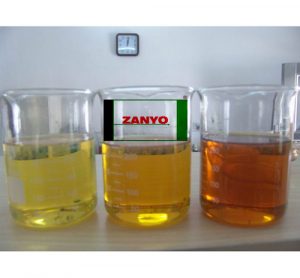
Why is the BDV Test Important?
Ensuring Transformer Reliability
The BDV test plays a critical role in ensuring the reliability of transformers. Transformers rely on insulating oil to prevent electrical discharges and maintain stable operation. A high BDV value indicates that the oil can effectively insulate the internal components, reducing the risk of electrical breakdown.
Regular testing helps identify potential issues in the oil before they compromise the transformer’s performance. By maintaining the dielectric strength of the oil, operators can ensure that transformers function efficiently and reliably over their operational lifespan.
Preventing Electrical Failures
Electrical failures in transformers often result from the degradation of insulating oil. Contaminants such as moisture and dirt lower the oil’s dielectric strength, increasing the likelihood of breakdowns. The BDV test detects these issues early, allowing for timely corrective actions.
Preventing electrical failures not only avoids costly repairs but also minimizes downtime in critical systems. This test serves as a preventive measure, safeguarding transformers from unexpected breakdowns and ensuring uninterrupted power supply.
Maintaining Transformer Insulating Oil Quality
The quality of insulating oil directly impacts the performance and safety of transformers. Over time, the oil can degrade due to exposure to heat, oxygen, and contaminants. The BDV test evaluates the oil’s ability to withstand high voltages, providing a clear indication of its condition.
Regular testing ensures that the oil retains its insulating properties, preventing damage to the transformer’s internal components. Maintaining high-quality transformer oil extends the equipment’s lifespan and reduces maintenance costs.
How is the BDV Test Performed?
Equipment Required
Breakdown Voltage Tester
Breakdown voltage tester is the primary oil testing equipment used for this test. It generates a controlled voltage to determine the breakdown strength of transformer oil. Modern testers often feature automated systems for precise measurements and safety mechanisms to prevent accidents during testing.
Transformer Oil Sample
A clean and uncontaminated transformer oil sample is essential for accurate results. The sample must be collected in a dry, dust-free container to avoid introducing impurities that could affect the insulating oil breakdown voltage.
Step-by-Step Procedure
Preparing the Oil Sample
Proper preparation of the transformer insulating oil sample is critical. The sample should be free from moisture, dirt, and air bubbles. Operators must use clean tools and containers to prevent contamination. Before testing, the oil should be allowed to settle to ensure uniformity.
Setting Up the Tester
The transformer insulating oil breakdown voltage tester must be placed on a stable surface in a controlled environment. The electrodes should be cleaned and adjusted to the specified gap, typically 2.5 mm or as per the relevant standards. The oil sample is then poured into the test cell, ensuring no air bubbles remain.
Conducting the Test
The tester gradually increases the voltage across the electrodes until the oil breaks down. This process is repeated multiple times, usually six, to obtain an average breakdown voltage value. The testing procedure must follow industry standards to ensure reliable results.
Interpreting the Results
Minimum Acceptable BDV Values
The breakdown voltage values indicate the dielectric strength of transformer oil. For most applications, the minimum acceptable BDV ranges between 30 kV and 40 kV. Values below this range suggest contamination or degradation of the insulating oil.
Implications of Low BDV
Low BDV indicates reduced dielectric strength of the insulating oil, which compromises the transformer’s reliability. Contaminants like moisture or particles may cause this issue. Immediate corrective actions, such as oil filtration or replacement, are necessary to restore the oil’s insulating properties.
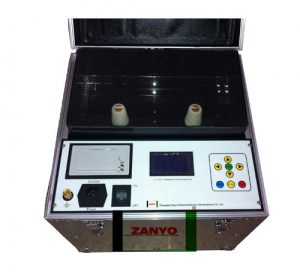
How Often Should the BDV Test Be Conducted?
Recommended Testing Frequency
Regular BDV testing ensures the insulating oil in transformers maintains its dielectric strength and reliability.
Industry experts recommend conducting this test at least once a year for transformers operating under normal conditions. This frequency allows operators to monitor the oil’s condition and address any early signs of contamination or degradation.
For transformers exposed to harsh environments or heavy loads, more frequent testing may be necessary. Quarterly or biannual testing provides a better understanding of how environmental factors or operational stress affect the insulating oil.
Indicators for Immediate Testing
Certain conditions warrant immediate BDV testing to ensure the transformer remains safe and operational.
- A sudden drop in performance, such as overheating or unusual noise, may indicate issues with the insulating oil. Testing the oil’s dielectric strength can confirm whether contamination or degradation is the cause.
- Environmental factors, such as flooding or high humidity, also necessitate urgent testing. Moisture can infiltrate the transformer and significantly reduce the oil’s dielectric strength.
- Operators should also conduct immediate testing if the transformer experiences electrical faults or surges. These events can degrade the insulating oil, compromising its ability to prevent electrical breakdown.
Prompt action minimizes the risk of further damage and ensures the transformer’s reliability.


